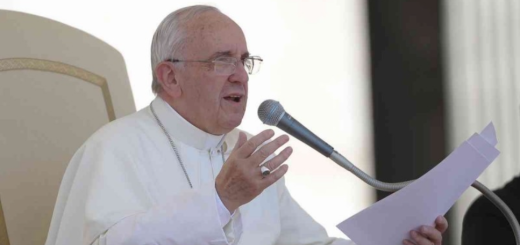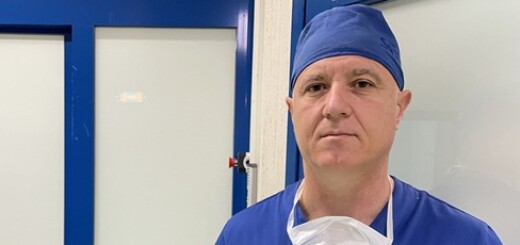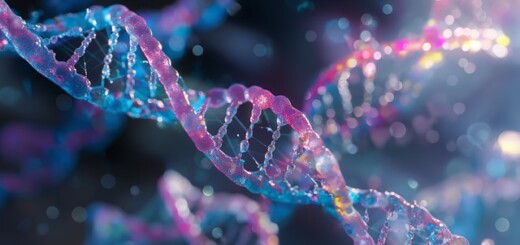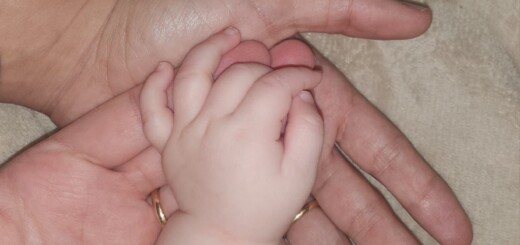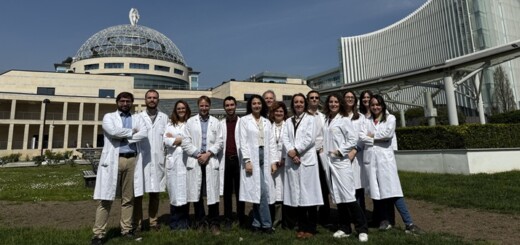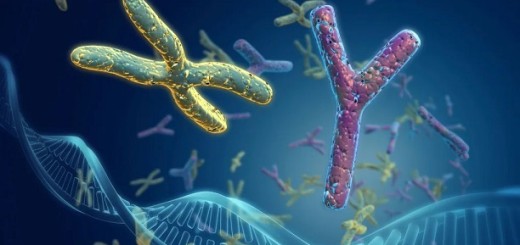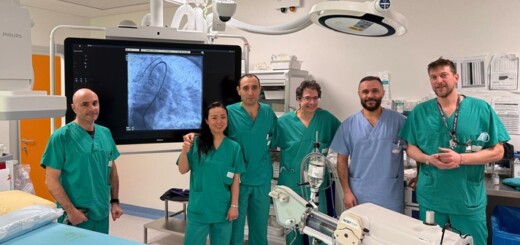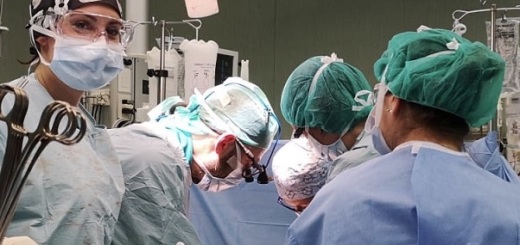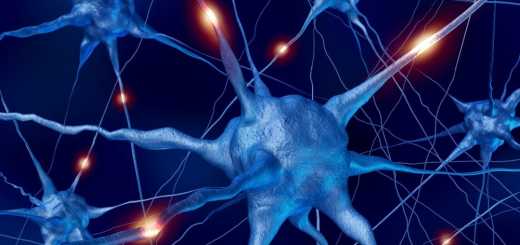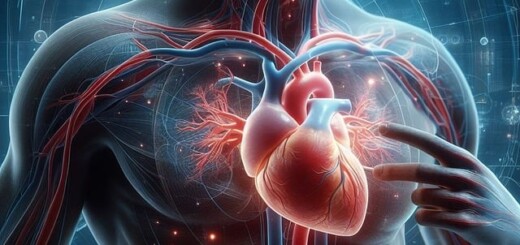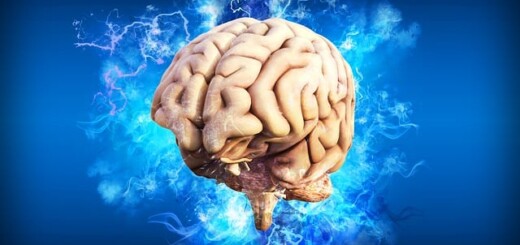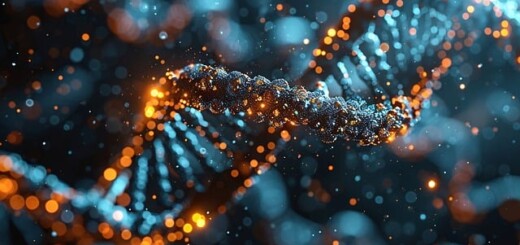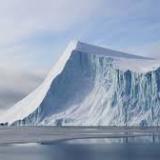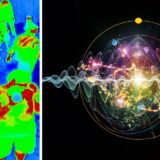Terremoti: faglie, complessità geologica e meccanismi della sismogenesi
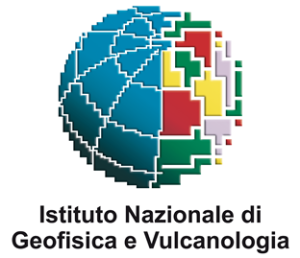
Per una migliore comprensione dei processi sismologici è necessario conoscere le differenti forze che generano i terremoti, l’ambiente geologico in cui hanno luogo, e le proprietà fisiche delle strutture che li generano
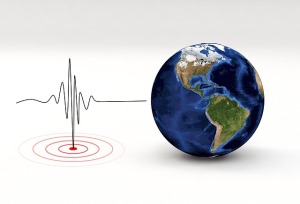
Roma, 11 novembre 2022 – La crosta terrestre è costantemente sottoposta all’azione di forze tettoniche che tendono a deformarla e, in presenza di determinate condizioni, può rompersi generando un terremoto. Questo fenomeno è prodotto dallo scivolamento di volumi di roccia nel sottosuolo lungo complesse fratture dette ‘faglie’, accompagnato dal rilascio di stress ed energia anche sotto forma di onde sismiche.
Nello studio “The impact of faulting complexity and type on earthquake rupture dynamics”, recentemente pubblicato su Communications Earth Environment di Nature, a cura di ricercatori dell’Istituto Nazionale di Geofisica e Vulcanologia (INGV) e dell’Università Sapienza di Roma, si dimostra come le proprietà di un evento sismico cambino in funzione della complessità della struttura della faglia che ha generato il terremoto e del suo ambiente tettonico. Per conoscere le forze che producono i movimenti della crosta terrestre e che sono alla base dei terremoti, è necessaria l’analisi di dati sempre più consistenti e affidabili oltre a tecniche via via più precise di analisi dei segnali sismici.
“Lo sviluppo delle reti sismiche e l’affinamento delle tecniche e delle tecnologie impiegate nella caratterizzazione della sismicità permettono di analizzare molte delle sue proprietà. È fondamentale, quindi, compiere ulteriori sforzi teorici e modellistici per proseguire in modo sistematico l’analisi di dati sempre più abbondanti e affidabili. Ciò consentirà lo sviluppo di una visione complessiva dei meccanismi all’origine dei terremoti e una comprensione più avanzata dei processi sismologici a carico della parte superficiale (fino a 15-20 km di profondità) e fredda della crosta. Ancora, lo studio suggerisce che in presenza di bassi valori di doppia-coppia (due coppie di forze ortogonali fra loro che rappresentano il meccanismo del terremoto) non giustificati da processi fisici, è possibile una sottostima della magnitudo dei terremoti”, afferma Davide Zaccagnino, dottorando della Sapienza e coautore della pubblicazione.
“I terremoti non sono tutti uguali: la struttura della rottura è influenzata dal fatto che i volumi crostali tendono ad accavallarsi, allontanarsi o a scorrere parallelamente gli uni agli altri: nel primo caso, la dislocazione avviene lungo una frattura particolarmente sottile e concentrata; negli altri casi, invece, tende maggiormente a diversificarsi in più piani all’interno del volume crostale. I modelli sismologici classici impiegati per lo studio dei terremoti assumono che ogni rottura avvenga in un’unica faglia sotto l’azione di una doppia coppia di forze ortogonali fra loro e orientate in modo tale da riprodurre le osservazioni dei sismografi”, spiega Carlo Doglioni, coautore della ricerca.
“Per quanto forti, le assunzioni delle teorie attuali sono in grado di spiegare le principali osservabili sismologiche e fornire alcune informazioni di massima riguardanti un evento, come la magnitudo e il tipo di movimento della faglia. Tuttavia, le stesse ipotesi risultano restrittive per una descrizione dettagliata della sismicità, in particolare sul tipo di energia rilasciata dal movimento, cioè se elastica o gravitazionale, oltre che sul coinvolgimento dei volumi crostali”, conclude Doglioni.
*******
Faults, geological complexity and the mechanisms of earthquakes
For a better understanding of seismological processes, it is necessary to know the different forces that generate earthquakes, the geological environment in which they take place, and the physical properties of the structures that generate them
Rome, November 11, 2022 – The Earth’s crust is constantly subjected to the action of tectonic forces that tend to deform it and, under certain conditions, it can break, generating an earthquake. This phenomenon is produced by the sliding of volumes of rock into the subsoil along complex fractures called ‘faults’, accompanied by the release of stress and energy also in the form of seismic waves.
In the study “The impact of faulting complexity and type on earthquake rupture dynamics”, recently published in Nature’s Communications Earth Environment, by researchers from the Istituto Nazionale di Geofisica e Vulcanologia (INGV) and the Sapienza University of Rome, it is shown how properties of a seismic event change as a function of the complexity of the structure of the fault that generated the earthquake and its tectonic environment. To know the forces that produce the movements of the Earth’s crust and which are the basis of earthquakes, it is necessary to analyze increasingly consistent and reliable data as well as increasingly precise techniques for analyzing seismic signals.
“The development of seismic networks and the refinement of the techniques and technologies used in the characterization of seismicity make it possible to analyze many of its properties. It is therefore essential to make further theoretical and modeling efforts to systematically continue the analysis of increasingly abundant and reliable data. This will allow the development of an overall view of the mechanisms at the origin of earthquakes and a more advanced understanding of the seismological processes affecting the superficial (up to 15-20 km deep) and cold part of the crust. Furthermore, the study suggests that in the presence of low double-pair values (two pairs of orthogonal forces that represent the earthquake mechanism) not justified by physical processes, an underestimation of the magnitude of earthquakes is possible”, says Davide Zaccagnino, PhD student of Sapienza and co-author of the publication.
“Earthquakes are not all the same: the structure of the rupture is influenced by the fact that the crustal volumes tend to overlap, move away or flow parallel to each other: in the first case, the dislocation occurs along a particularly thin and concentrated fracture; in the other cases, it tends to diversify more into several levels within the crustal volume. The classic seismological models used for the study of earthquakes assume that each break occurs in a single fault under the action of a double pair of forces orthogonal to each other and oriented in such a way as to reproduce the observations of the seismographs – explains Carlo Doglioni, co-author of the research – The assumptions of current theories are able to explain the main seismological observables and provide some general information regarding an event, such as the magnitude and type of movement of the fault. However, the same hypotheses are restrictive for a detailed description of seismicity, in particular on the type of energy released by the movement, that is, if elastic or gravitational, as well as on the involvement of crustal volumes”.
















